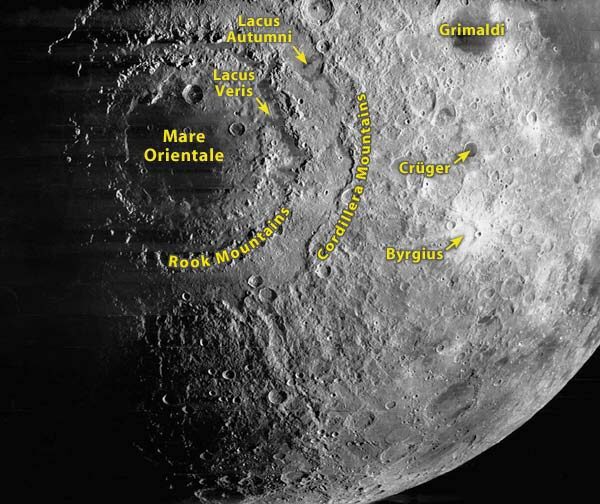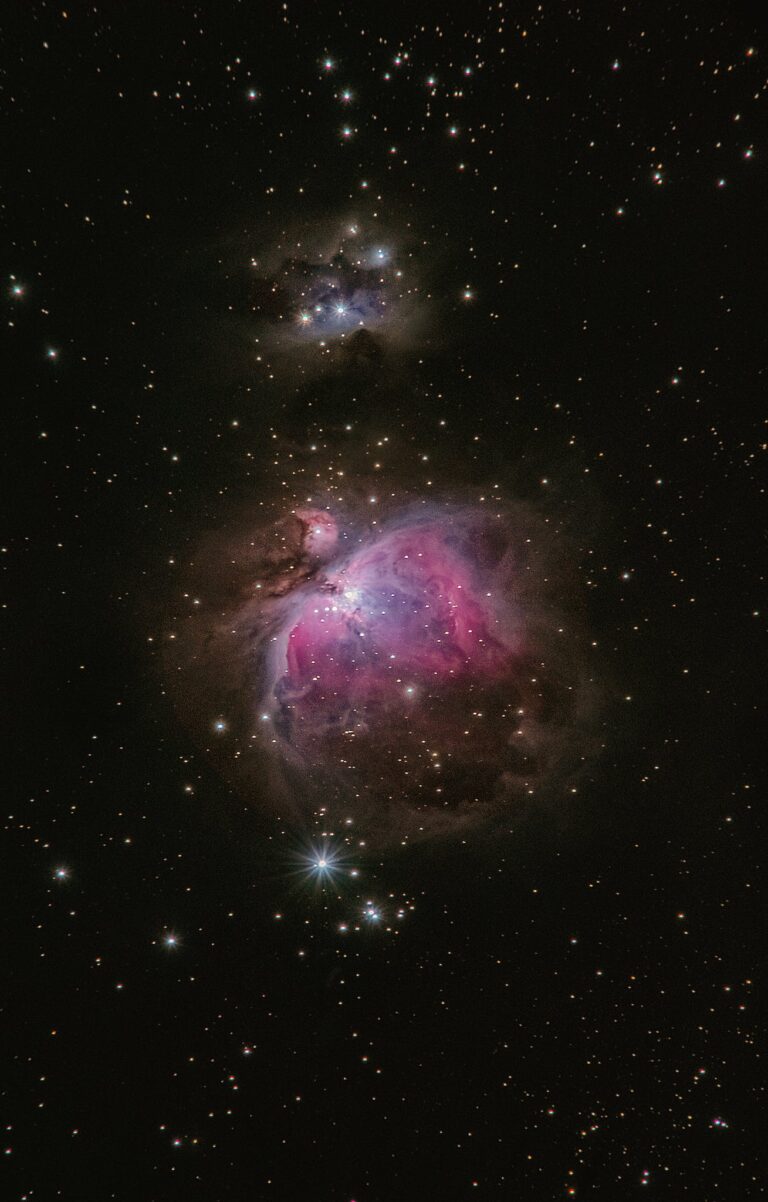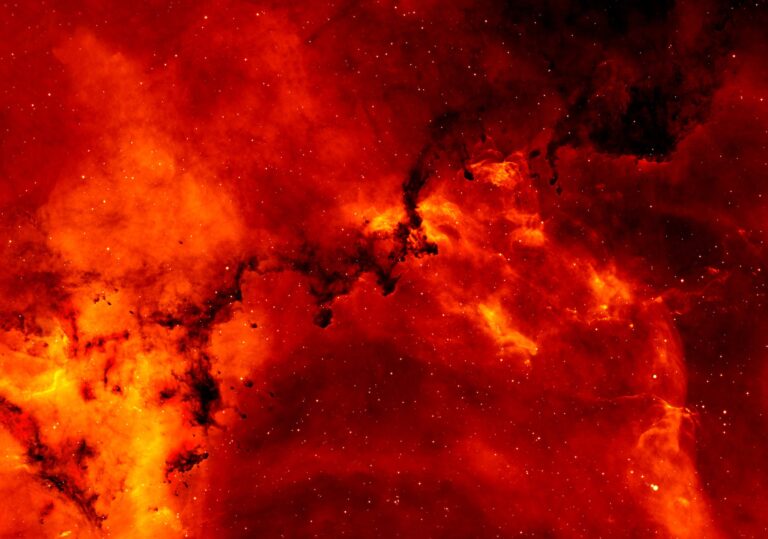Moon Rings – Age Old Mystery Finally Solved
Also check: Curious Space Signals Probably Due To Extraterrestrials
About 3.8 billion years ago, as the first signs of life were appearing on Earth, our little cousin, the Moon was fairly busy getting battered by meteorites. Scientists and moon experts have argued for years about the exact turn of events which lead to the moon getting its significant scars and they have finally settled on a sequence of events.
The Orientale sounds like a greasy, smelly Chinese restaurant I recently visited in Milan. It is in fact, an area located on the near side of the moon making it hardly visible from Earth. The crater is around 930 kilometers across and consists of three concentric rings whose origins have been hotly (not really that hotly to be fair) debated for decades. Finally, a solid explanation has come to light with a little help from NASA.

Scientific papers were very recently published that detailed the findings of the scientists who’d been using the GRAIL technology for their research. No, not the cup used by Jesus at the last supper, but NASA’s high tech tool, the Gravity Recovery and Interior Laboratory which peeks deep into the interior structure of the Moon. The researchers explain in the papers that the data regarding gravity on the subsurface structure allowed them to model the impact that created the crater in the first place. Once the modeling was completed, they were able to completely determine how the craters were formed.
A geophysicist at the Massachusetts Institute of Technology, Maria Zuber, wrote:
“We use gravity to map the interior of a planet in ways somewhat analogous to an X-ray. Because the interior of a planet or moon contains materials that vary in composition, temperature and density, and [because] the surface can have features like craters and mountains, the gravitational field around these objects is not the same all around. So studying the variations in gravity around the moon can provide clues about what lies beneath the surface.”
One of the co-writers, Jim Head, is a geologist at Brown University in Rhode Island. He said of the experiments that had taken place:
“In the past, our view of Orientale basin was largely related to its surface features, but we didn’t know what the subsurface structure looked like in detail. The beauty of the GRAIL data is that it is like putting Orientale in an X-ray machine and learning in great detail what the surface features correspond to in the subsurface.”
Another Brown University expert, Brandon Johnson, wrote in a second paper that the GRAIL data had allowed them to accurately decipher what had taken place. He reckons that something struck the Moon whilst travelling at a speed of around 9 miles per second. This extremely fast moving object would have had to have been around 40 miles in diameter to cause the damage that it did. One reaction to the impact involved gravity and impacted the sub surface area surrounding the Orientale (crater not Chinese restaurant).
“Warm material at depth collapses inward more easily than the material above it, and that pulls in the brittle crust along with that inflowing mantle material, causing the crust to kind of break into mega blocks that then give you these large fault scarps or circular cracks in the surface. The outer two rings formed via this process, but the inner ring, called the “inner rook,” formed a bit differently. When an object strikes a planet or a moon, the crust can sometimes rebound, leaving a mound of material in the center of the crater called the central peak. Orientale’s central peak was large — several miles high — and unstable, so it collapsed within minutes of the impact. As the collapsing material flowed outward from the crater’s center, it formed a circle of loose material.”
I may not be the most excited budding scientist when it comes to reading about craters that formed 3.8 billion years ago, but the findings are interesting. Using the GRAIL technology also gives the scientists practice that they can use when it comes to mission on other planets and moons.





